THCB Gang Dec 16, 2024 Joining Matthew Holt on #THCBGang on Monday December 16 at 1pm PST 4pm EST are…
Read More

THCB Gang Dec 16, 2024 Joining Matthew Holt on #THCBGang on Monday December 16 at 1pm PST 4pm EST are…
Read More
“Stay in the moment. The practice of staying present will heal you. Obsessing about how the future will turn out…
Read More
By STEVEN ZECOLA Steven Zercola is back with his latest insights into research in Parkinson’s disease. You can say previous…
Read More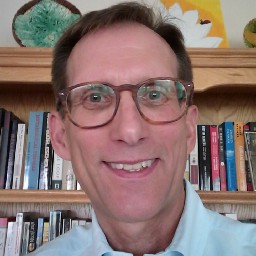
By KIM BELLARD Everything’s about AI these days. Everything is going to be about AI for a while. Everyone’s talking…
Read More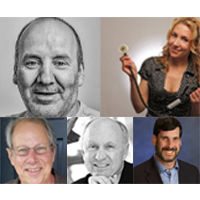
THCB Gang Dec 5, 2024 Joining Matthew Holt (@boltyboy) on #THCBGang on Thursday December 5 at 1pm PST 4pm EST…
Read More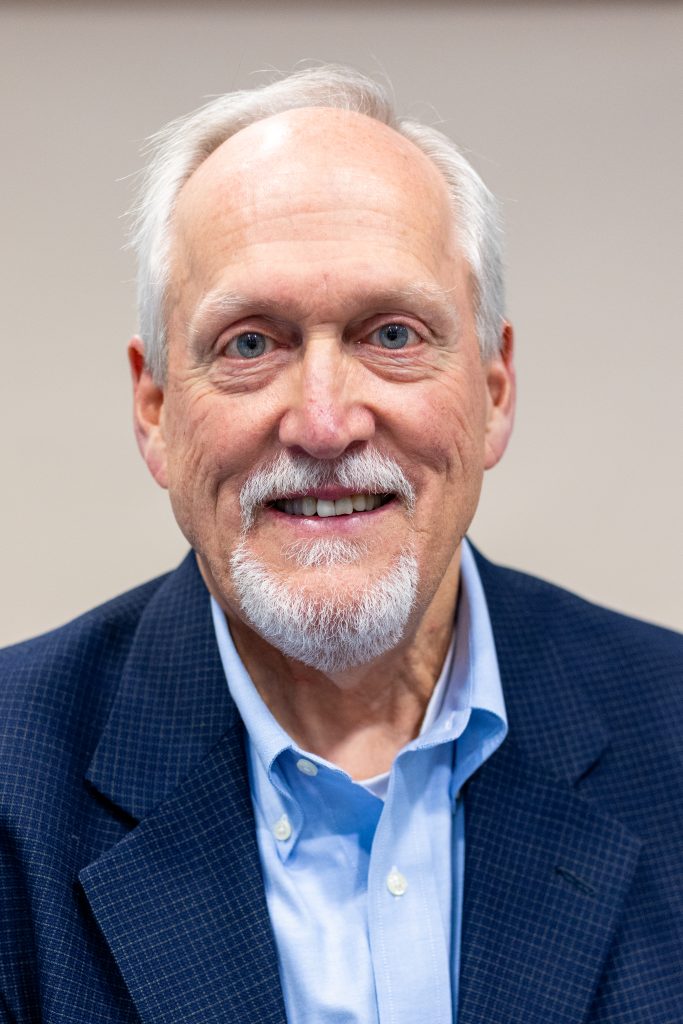
By GEORGE BEAUREGARD During my years in a bustling metropolitan primary care practice from 1992 to 2010, I recall only…
Read More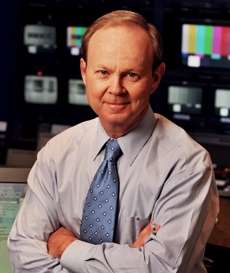
By MIKE MAGEE The incoming Trump Administration nominees for positions in Health and Human Services (like RFK Jr. to direct…
Read More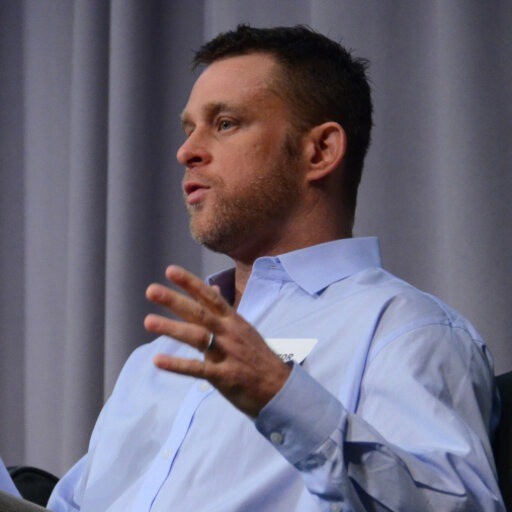
By TREVOR VAN MIERLO In 2021, digital mental health and substance use startups attracted a record-breaking $5.1 billion in funding.…
Read More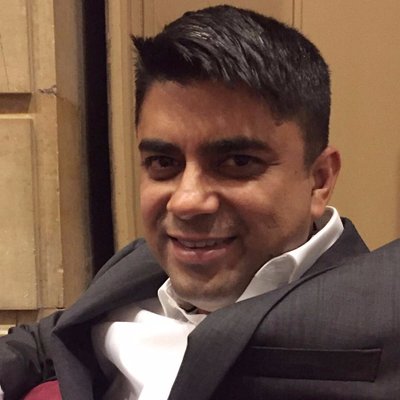
By SAURABH JHA Early on in the COVID-19 pandemic a seroprevalence study from Santa Clara indicated that the viral spread…
Read More
“The only thing you sometimes have control over is perspective. You don’t have control over your situation. But you have…
Read More